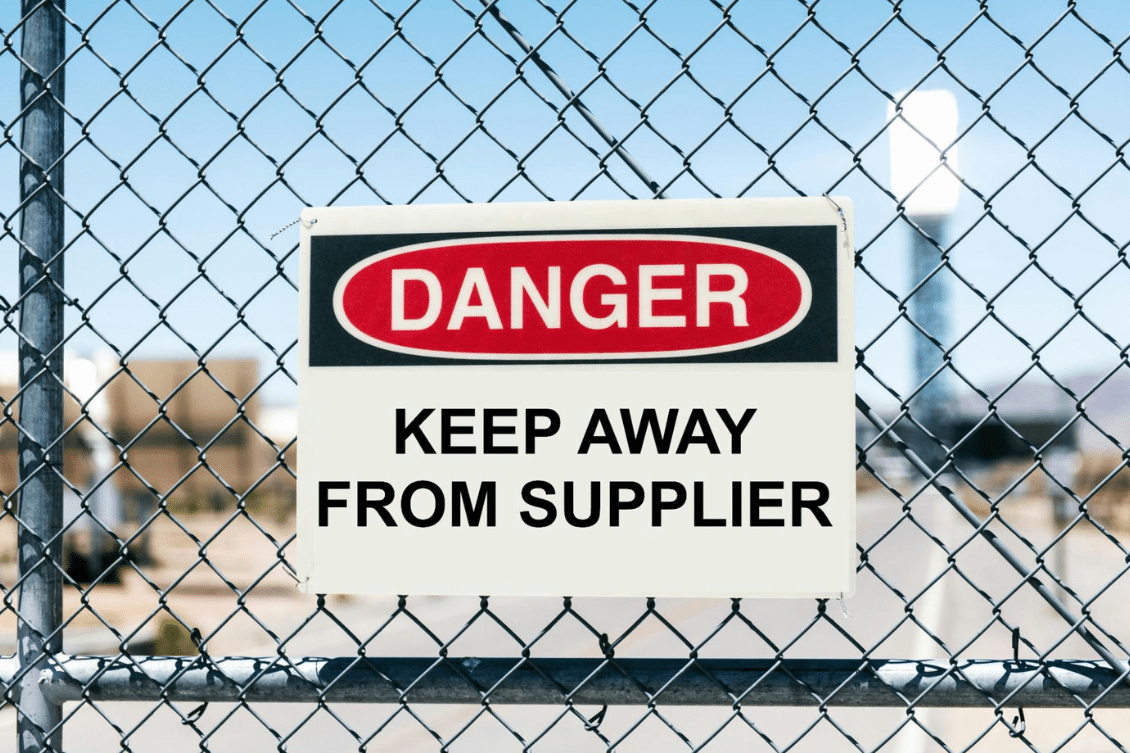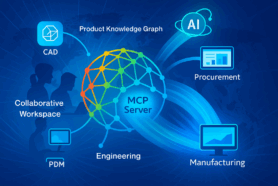
Selecting the right manufacturing partner is a critical decision that can significantly impact the success and sustainability of your business. Partnering with the right manufacturing firm goes beyond mere cost considerations. It entails finding a collaborator who not only meets your production needs but also aligns with your business values, quality standards, and long-term goals.
A reliable manufacturing partner can provide invaluable support, from ensuring product quality and timely delivery to offering innovative solutions and scalability as your business grows. On the other hand, selecting the wrong partner can lead to a host of challenges, ranging from production delays and quality issues to reputational damage and financial losses.
The consequences of choosing the wrong manufacturing partner can be dire. From compromised product quality and missed deadlines to communication breakdowns and ethical lapses, the risks are multifaceted and can have far-reaching implications for your business. Additionally, the costs of rectifying mistakes made by an unsuitable partner can be substantial, both in terms of time and resources. Therefore, it’s imperative for manufacturers to exercise due diligence and carefully evaluate potential partners to mitigate these risks and safeguard their interests.
In this blog, we will look at the top 5 red flags you should watch out for when evaluating suppliers.
Red Flag #1: Lack of Experience or Expertise
When choosing a manufacturing partner, one of the crucial factors to consider is their level of experience and expertise in the industry. Partnering with a firm that lacks the necessary knowledge and capabilities can lead to a myriad of problems down the line, jeopardizing the success of your project and potentially damaging your brand reputation.
The experience of a manufacturing partner directly correlates with their ability to deliver quality products and services. An established track record in the industry demonstrates proficiency, reliability, and the capacity to navigate challenges effectively. By choosing a partner with extensive experience, you can leverage their insights, best practices, and industry connections to optimize your production processes and achieve superior outcomes.
Here are some things to watch out for:
- Limited industry knowledge
- Inadequate track record
- Lack of relevant certifications or qualifications
Red Flag # 2 Poor Communication
Effective communication is the cornerstone of successful manufacturing partnerships. Clear and timely communication fosters collaboration, minimizes errors and ensures that expectations are aligned between all parties involved. However, when communication breaks down or becomes ineffective, it can give rise to a myriad of challenges that can disrupt the production process and compromise project outcomes.
In manufacturing partnerships, effective communication is paramount for several reasons. It facilitates the exchange of critical information, such as project specifications, timelines, and quality standards, ensuring that all parties are on the same page. Moreover, transparent communication fosters trust and accountability, enabling swift resolution of issues and proactive problem-solving. By maintaining open lines of communication, manufacturers can streamline operations, mitigate risks, and cultivate long-lasting partnerships built on mutual understanding and collaboration.
Here are some things to watch out for:
- Slow response times
- Inconsistent or unclear communication
- Language barriers or cultural differences affecting communication
If you are working with suppliers in China or overseas, then you probably have heard the “no problem” response. Suppliers who consistently respond with “no problem” to every question without providing substantive feedback or clarification may be glossing over important details or failing to grasp the full scope of the project. This superficial approach suggests a lack of engagement or comprehension, which can compromise the quality and accuracy of deliverables.
Red Flag #3: Quality Control Concerns
Maintaining stringent quality control measures is paramount in manufacturing to ensure that products meet predefined standards of excellence. Quality control not only safeguards the reputation of your brand but also enhances customer satisfaction and loyalty. However, when quality control processes are compromised or overlooked, it can lead to a myriad of issues ranging from product defects to regulatory non-compliance.
Quality control encompasses a range of activities aimed at monitoring, assessing, and improving the consistency and reliability of products throughout the manufacturing process. From raw material inspection and production line monitoring to final product testing and validation, effective quality control measures help identify and rectify deviations from desired specifications, ensuring that only products of the highest caliber reach the hands of consumers. By upholding rigorous quality standards, manufacturers can instill confidence in their products, minimize the risk of recalls or returns, and foster long-term customer loyalty.
Here are some things to watch out for:
- History of product defects or recalls
- Lack of quality assurance processes
- Refusal to provide access to quality control data or facilities

Red Flag #4: Financial Instability
Assessing the financial stability of a manufacturing partner is crucial for safeguarding your business interests and minimizing potential risks. Partnering with a financially unstable firm can have detrimental consequences, ranging from supply chain disruptions to contract breaches and even bankruptcy. Therefore, it’s imperative to conduct thorough due diligence to ensure that your manufacturing partner has the financial strength and stability to support your business needs over the long term.
The financial stability of a manufacturing partner directly impacts their ability to fulfill contractual obligations, maintain consistent production levels, and weather economic uncertainties. By evaluating key financial indicators and performance metrics, you can gain insights into the partner’s liquidity, solvency, and overall financial health. Assessing financial stability not only mitigates the risk of potential disruptions but also instills confidence in the reliability and longevity of the partnership.
Here are some things to watch out for:
- Late payments to suppliers or employees
- High employee turnover rates
- Unwillingness to disclose financial information or undergo financial assessment
Red Flag #5: Ethical and Compliance Issues
Ethical standards and compliance play a pivotal role in manufacturing partnerships, shaping the reputation, integrity, and sustainability of businesses. When ethical principles are compromised or regulatory requirements are disregarded, it not only undermines trust between partners but also exposes businesses to legal liabilities, reputational damage, and operational disruptions. Therefore, it’s essential to prioritize ethical conduct and compliance with applicable laws and regulations when selecting manufacturing partners.
Ethical standards and compliance serve as the foundation for ethical conduct, responsible business practices, and sustainable growth. Adhering to ethical principles ensures fair treatment of employees, suppliers, and stakeholders, fosters a positive work environment, and enhances corporate reputation. Similarly, compliance with laws and regulations governing labor practices, environmental protection, and product safety demonstrates commitment to corporate social responsibility and risk mitigation. By upholding ethical standards and compliance requirements, manufacturing partnerships can uphold trust, integrity, and long-term viability.
Here are some things to watch out for:
- Violations of labor laws or ethical standards
- Environmental non-compliance
- History of legal disputes or controversies
Conclusion
Selecting the right manufacturing partner is a critical decision that requires careful consideration and diligence. Throughout the selection process, it’s essential to remain vigilant for red flags that may signal potential risks or deficiencies in a prospective partner. By identifying and addressing these warning signs proactively, manufacturers can mitigate the likelihood of encountering problems down the line and build strong, sustainable partnerships that drive mutual success.
Interested in OpenBOM? Let us know. We are happy to talk.
By: Jared Haw
Join our newsletter to receive a weekly portion of news, articles, and tips about OpenBOM and our community.










